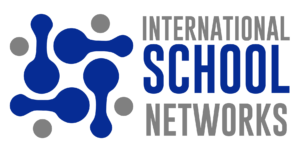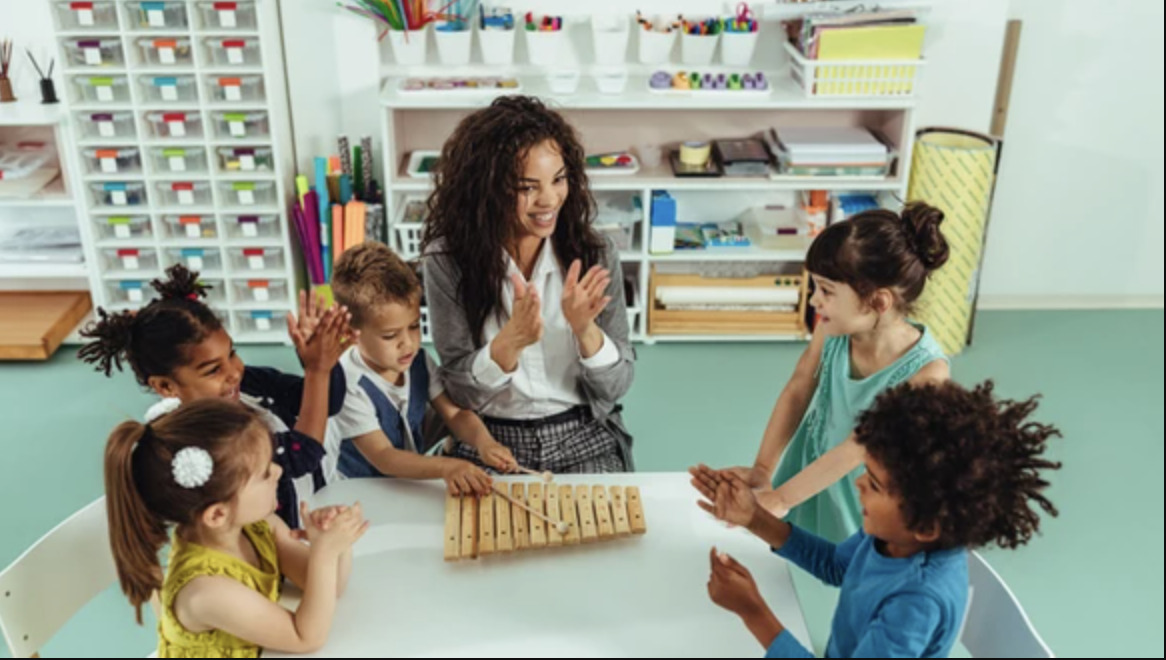A New Perspective on Learning
In the vast tapestry of human cognition, every individual possesses a unique pattern of learning. While some might follow the conventional path, others tread on routes less traveled, making discoveries that are equally profound. This is the essence of special education and understanding learning differences.
The Spectrum of Learning Differences
Learning differences aren’t merely challenges; they’re alternate ways the brain processes information. Some common types include:
- Dyslexia: A difference in processing language, making reading and writing challenging.
- ADHD: Where individuals may struggle with attention and hyperactivity.
- Autism Spectrum Disorder (ASD): A range of conditions affecting social interaction, communication, interests, and behavior.
The Strengths Within the Differences
While traditional education models might view these differences as deficits, modern pedagogy recognizes the strengths they bring:
- Diverse Problem-Solving: Individuals with learning differences often approach problems from unique angles, leading to innovative solutions.
- Resilience and Determination: Overcoming daily challenges fosters resilience, a valuable life skill.
- Empathy and Understanding: Experiencing differences often makes individuals more empathetic and understanding of others.
Special Education: More Than Just Accommodations
Special education isn’t about merely making accommodations. It’s about:
- Individualized Learning Plans: Tailoring education to fit the needs of each student.
- Skill Development: Focusing on life skills and social skills, not just academics.
- Inclusion: Ensuring every student feels included and valued.
Technology: A Game-Changer in Special Education
The digital age has brought forth tools that revolutionize special education:
- Assistive Technology: Tools like screen readers for students with visual impairments or apps that assist with communication for non-verbal students.
- Interactive Learning Platforms: Digital platforms that cater to various learning styles and paces.
- Virtual Reality (VR): VR can create immersive learning environments tailored to individual needs.
Championing Inclusivity in Schools
For a truly inclusive environment:
- Training for Educators: Teachers should be trained to understand and support students with learning differences.
- Awareness Programs: Schools should conduct programs to educate students about learning differences, fostering a culture of acceptance.
- Collaboration: Regular education and special education teachers should collaborate for the best outcomes.
Conclusion: The Road Ahead
As society progresses, our understanding of learning differences and the importance of special education deepens. By embracing diversity in learning and championing inclusivity, we’re not just supporting students with learning differences; we’re enriching our global community. The future of education is inclusive, diverse, and celebrates every learner’s unique journey.


